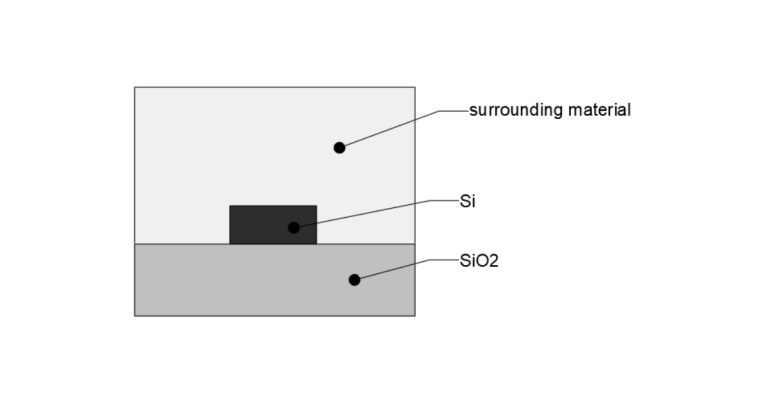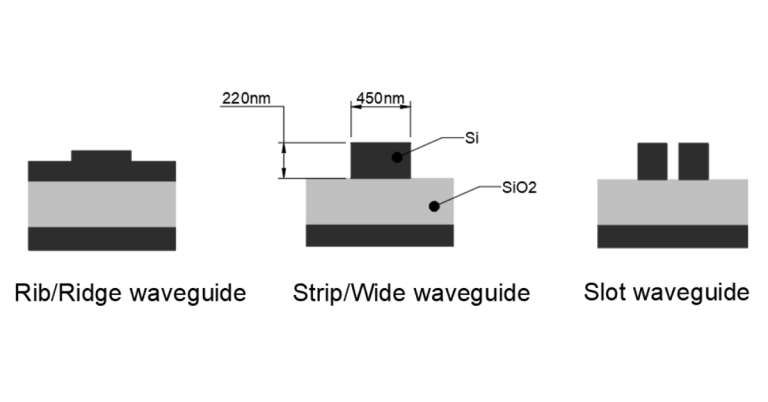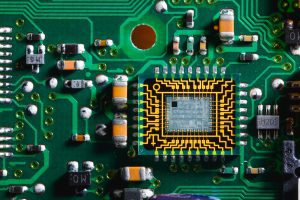Key Takeaways
- Optical waveguides guide light using refractive index contrast, essential for quantum photonic circuits.
- Strip, rib, and slot geometries offer trade-offs in confinement and loss.
- Key design priorities include minimizing propagation and coupling losses, maintaining phase stability, and enabling dense, scalable integration.
- Materials like silicon, SiN, LiNbO₃, and AlN support varied quantum functions.
- Applications range from qubit transmission to stable interferometry and reconfigurable circuits—crucial for advancing quantum computing.
What Are Optical Waveguides?
Basic Principle
An optical waveguide confines light in a high-refractive-index core surrounded by lower-index cladding, ensuring propagation along a defined path through total internal reflection or index contrast engineering. In quantum computing, waveguides act as quantum interconnects for photon qubits, where performance depends critically on:- Low propagation and coupling loss to maintain photon survival
- Phase stability for interference-based quantum gates
- Compactness and scalability for dense photonic integration
- Strip waveguides – simple rectangular cores; compact but higher scattering at rough sidewalls
- Rib waveguides – partial etching for better mode confinement and reduced sensitivity to fabrication errors
- Slot waveguides – strong confinement in low-index regions; useful for nonlinear or sensing applications


Wavelength Dependence
Waveguide modes depend on wavelength. Quantum photonic systems typically operate between visible and near-infrared (400–1600 nm), depending on photon sources (e.g., spontaneous parametric down-conversion, quantum dots) and detectors (Si-APDs, SNSPDs). Designing for single-mode operation is critical to avoid modal dispersion and ensure high-fidelity quantum interference. This often requires precise control of core dimensions and refractive index contrast.Design Considerations for Quantum Photonic Circuits
Insertion and Reflection Losses
Losses are measured in dB/cm and directly influence quantum gate fidelity.- State-of-the-art SiN waveguides: ~0.01–0.1 dB/cm
- Silicon (Si) waveguides: ~0.2–1 dB/cm (higher due to sidewall roughness)
- Adiabatic tapers for efficient fiber-to-chip coupling
- Anti-reflection coatings or index-matched transitions
- Low-scatter fabrication using optimized lithography and etch chemistry
Phase Control and Interference Stability
Quantum gates depend on precise optical phase control, implemented using:- Mach–Zehnder Interferometers (MZI): tunable phase shifts via thermo-optic or electro-optic effects
- Ring resonators: for filtering, phase locking, and resonant enhancement
- Thermal isolation trenches
- Active feedback with microheaters or Peltier elements
- Hybrid integration with SiN or LiNbO₃ layers for temperature-insensitive operation
High Integration and Crosstalk Reduction
Dense integration introduces crosstalk due to evanescent coupling between adjacent guides. Mitigation techniques:- Optimized spacing and routing to minimize mode overlap
- Shielding trenches or metallic layers
- Wavelength-division multiplexing (WDM) for channel isolation
Material Platforms for Quantum Photonics
Material | Key Properties | Typical Use Cases |
Silicon (Si) | High index contrast (n≈3.48), CMOS-compatible, strong nonlinear response | Telecom wavelengths (1.3–1.55 µm), integrated circuits |
Silicon Nitride (Si₃N₄) | Ultra-low loss (<0.1 dB/cm), visible to IR transparency, low nonlinear absorption | Universal platform for visible-to-IR quantum photonics |
Silicon Dioxide (SiO₂) | Low index (n≈1.44), used as cladding or buffer | Passive optical confinement |
Lithium Niobate (LiNbO₃) | High electro-optic coefficient, wide transparency | Fast phase modulators, photon-pair generation |
Aluminum Nitride (AlN) | Non-centrosymmetric, low loss, compatible with piezoelectric control | Integrated single-photon sources, Pockels modulators |
Applications in Quantum Computing
Photon Qubit Transmission
Waveguides act as on-chip quantum channels, preserving coherence over centimeters of propagation while minimizing loss and dispersion.Interference Circuits
Stable interferometric networks enable:- Quantum gate implementations
- Boson sampling experiments
- Entangled photon routing and recombination
Multi-Channel Integration
Future quantum photonic processors require massively parallel, phase-stable waveguide arrays, supporting:- Multi-photon interference
- Quantum Fourier transforms (QFT)
- Reconfigurable optical networks for algorithmic operations
Practical Design Guidelines
- Mode Matching & Wavelength Alignment: Ensure single-mode guiding for the target band; match to source and detector spectra.
- Thermal Compensation: Include active or passive temperature stabilization layers.
- Loss Management: Optimize coupling, bend radii (>100 µm for SiN), and transitions.
- Material Optimization: Select materials balancing low loss, fabrication maturity, and integration scalability.
Conclusion
Optical waveguides are the foundation of integrated quantum photonics. Achieving ultra-low loss, phase stability, high integration density, and thermal robustness is critical for scalable quantum architectures.
Silicon photonics and silicon nitride (SiN) remain the dominant material systems, while LiNbO₃ and AlN introduce powerful electro-optic and nonlinear capabilities.
As fabrication technologies mature and hybrid integration improves, waveguide design will continue to define the limits of quantum information processing.
Related Content
GREAT ARTICLE!
Share this article to gain insights from your connections!






